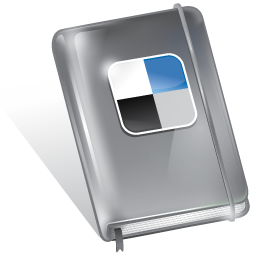Learning to Communicate
An important part of personalizing learning is helping students learn to communicate what they know to you, the teacher, demonstrating their true depth of understanding beyond filling in a bubble sheet or taking a multiple choice (guess) assessment, where all they have to do is recognize the right answer rather than truly understand WHY it’s correct.
The Infographic below is a great example of how combining information and pictures conveys more information and meaning than the words alone would have in a list or paragraph. It’s also why it’s going to become more important than ever to make sure kids understand aspects of good design, “user interface” and other aspects of their projects. Good design and layout of information enhances understanding; bad presentation clouds and confuses meaning. Rather than cutting things like art and music from schools, we need to find ways to teach these subjects, not only for the joy of creation and imagination, but because these tools are becoming increasingly important to use alongside the deluge of information we have coming at us, to frame, inform and advocate ideas. And for those of us who are constantly concerned about students taking short cuts or plagiarism, there are very few short cuts available in an infographics project.
Here’s a basic “lesson plan” you could use for an infographic:
1. Select a subject where there’s a lot of information, or a hypothesis, like in science.
2. Collect information, reference materials, and collect links and make an interactive bibliography if possible.
3. Think how to make all of these facts and evidence tell a story. How can you show people how big a problem is? Can you find something to compare it to? Past numbers? Number of times the book would wrap around the world? How can you make this data create a picture in someone’s mind?
4. Illustrate your data. Find or draw pictures to make your point. You can use screen shots, photos from flickr, take your own pictures, whatever.
5. Present your infographic. It can be a poster, a glogster, a keynote/powerpoint presentation, a movie- you name it.
Let us know if you put this to work in your classroom, and how it works out!

Via: Voxy Blog





